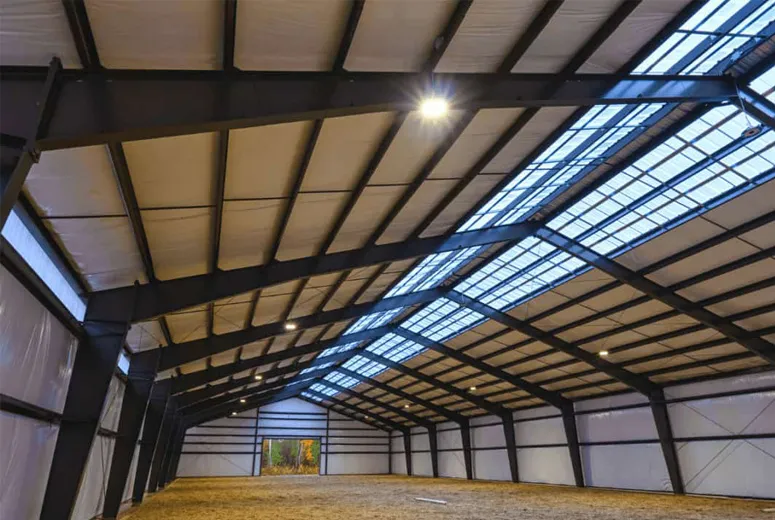- Afrikaans
- Albanian
- Amharic
- Arabic
- Armenian
- Azerbaijani
- Basque
- Belarusian
- Bengali
- Bosnian
- Bulgarian
- Catalan
- Cebuano
- Corsican
- Croatian
- Czech
- Danish
- Dutch
- English
- Esperanto
- Estonian
- Finnish
- French
- Frisian
- Galician
- Georgian
- German
- Greek
- Gujarati
- Haitian Creole
- hausa
- hawaiian
- Hebrew
- Hindi
- Miao
- Hungarian
- Icelandic
- igbo
- Indonesian
- irish
- Italian
- Japanese
- Javanese
- Kannada
- kazakh
- Khmer
- Rwandese
- Korean
- Kurdish
- Kyrgyz
- Lao
- Latin
- Latvian
- Lithuanian
- Luxembourgish
- Macedonian
- Malgashi
- Malay
- Malayalam
- Maltese
- Maori
- Marathi
- Mongolian
- Myanmar
- Nepali
- Norwegian
- Norwegian
- Occitan
- Pashto
- Persian
- Polish
- Portuguese
- Punjabi
- Romanian
- Russian
- Samoan
- Scottish Gaelic
- Serbian
- Sesotho
- Shona
- Sindhi
- Sinhala
- Slovak
- Slovenian
- Somali
- Spanish
- Sundanese
- Swahili
- Swedish
- Tagalog
- Tajik
- Tamil
- Tatar
- Telugu
- Thai
- Turkish
- Turkmen
- Ukrainian
- Urdu
- Uighur
- Uzbek
- Vietnamese
- Welsh
- Bantu
- Yiddish
- Yoruba
- Zulu
Nov . 22, 2024 04:55 Back to list
The Evolution and Impact of World Steel Buildings
Steel has been a fundamental material in construction since the late 19th century, drastically transforming the architectural landscape. The development of steel buildings has not only enabled the creation of skyscrapers and expansive structures but has also influenced urban planning, safety standards, and sustainability practices. This article explores the evolution, benefits, and future prospects of steel buildings around the world.
Historical Perspective
The use of steel in construction began with the Industrial Revolution, marking a significant shift from traditional materials such as wood and stone. The first steel-framed building, the Home Insurance Building, was completed in Chicago in 1885. Its innovative design featured a steel skeleton that allowed for greater height and open spaces, a concept that would become the hallmark of modern skyscrapers. The early 20th century saw the rise of iconic structures like the Empire State Building, which epitomized the capabilities of steel in creating monumental architecture.
Advantages of Steel Buildings
1. Strength and Durability Steel is renowned for its high strength-to-weight ratio, enabling buildings to withstand heavy loads and extreme weather conditions. This resilience makes steel structures safer during natural disasters such as earthquakes and hurricanes.
2. Design Flexibility Steel allows for greater design creativity, offering architects the freedom to create innovative and unique building shapes. Its malleability enables the construction of wide spans and open floor plans, which are often desirable in commercial and industrial applications.
3. Fast Construction Components of steel buildings can be prefabricated off-site, allowing for quicker assembly on location. This reduces construction time significantly, helping projects meet tight deadlines and minimizing labor costs.
4. Sustainability Steel is highly recyclable, and the process of recycling steel uses less energy than producing new steel from raw materials. This makes steel buildings a sustainable choice for environmentally-conscious developers and cities looking to reduce their carbon footprint.
5. Cost-Effectiveness While the initial investment in steel may be higher than traditional materials, the long-term savings in maintenance, durability, and energy efficiency make steel buildings a cost-effective solution over time.
world steel buildings

Global Influence
Across the globe, the influence of steel buildings is evident in both developing and developed countries. In major cities like New York, Dubai, and Tokyo, steel skyscrapers define city skylines and represent economic growth. In emerging markets, steel construction provides a viable solution for housing shortages and rapid urbanization. Countries like China and India are investing heavily in steel-based construction to support their booming populations, resulting in high-rise residential complexes and industrial facilities.
Technological Advancements
Recent technological advancements are further enhancing the capabilities of steel buildings. The integration of Building Information Modeling (BIM) allows architects and engineers to visualize the construction process, improving collaboration and reducing errors. Additionally, advancements in steel production techniques, such as high-strength steel and corrosion-resistant coatings, are increasing the performance and longevity of steel structures.
Future Prospects
Looking ahead, the future of steel buildings appears promising. As urban populations continue to rise, the demand for sustainable, efficient, and resilient construction will grow. Innovations such as smart buildings, which incorporate IoT technologies, are already being integrated into steel buildings to enhance energy efficiency and occupant comfort.
Furthermore, the push for net-zero buildings is driving the exploration of carbon-neutral steel production methods, promising to align the steel industry with global sustainability goals. These advancements signify a shift towards a more sustainable and responsible approach to steel building design and construction.
Conclusion
The evolution of steel buildings has been instrumental in shaping modern architecture and urban development. With their numerous advantages, including strength, design flexibility, and sustainability, steel structures will continue to play a crucial role in meeting the challenges of the future. As technology advances and the world moves toward more sustainable practices, steel buildings will undoubtedly remain at the forefront of architectural innovation.
-
How Do Prefabricated Steel Structures Transform Modern Construction?
NewsJul.14,2025
-
How Do Prefabricated Metal Buildings Redefine Modern Construction?
NewsJul.14,2025
-
How Do Prefab Insulated Metal Buildings and Steel Structures Revolutionize Modern Construction?
NewsJul.14,2025
-
How Do Pre - Engineered Steel Structures Redefine Modern Construction?
NewsJul.14,2025
-
Advancing Modular Construction with Prefabricated Metal Structures
NewsJul.14,2025
-
Advancing Industrial Infrastructure with Prefabricated Steel Solutions
NewsJul.14,2025
Products categories
Our Latest News
We have a professional design team and an excellent production and construction team.












